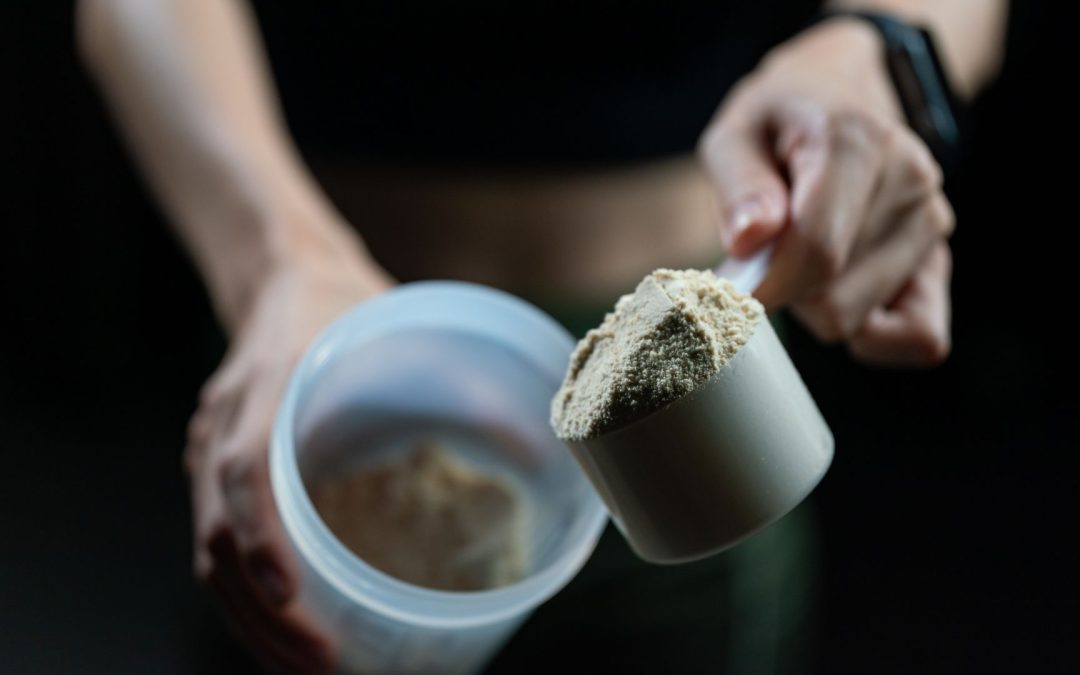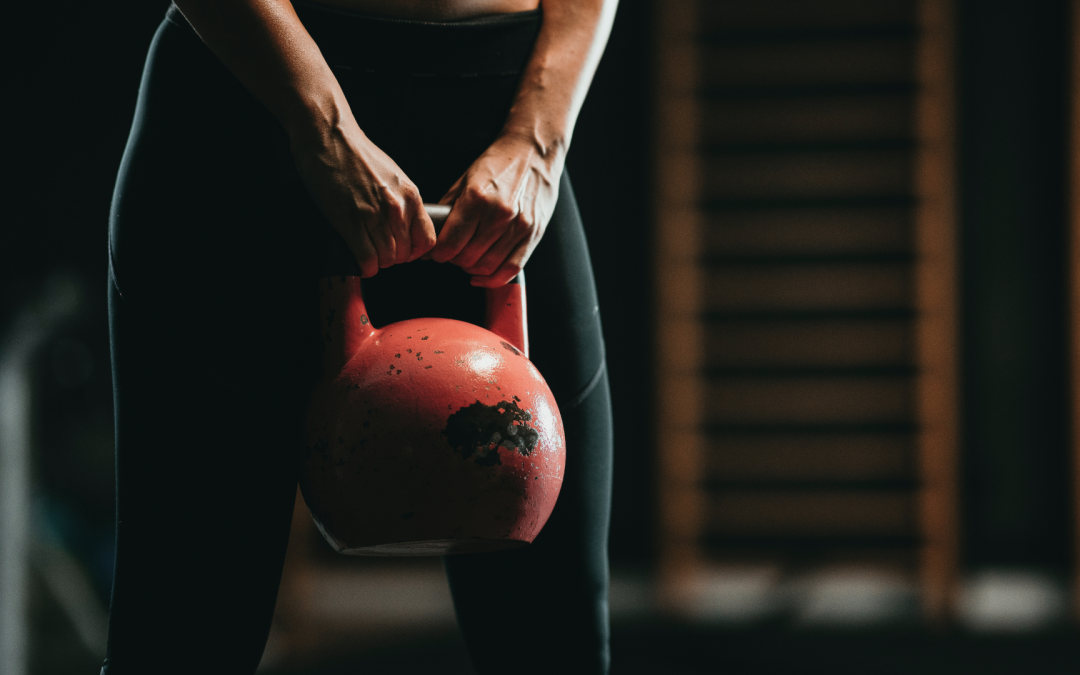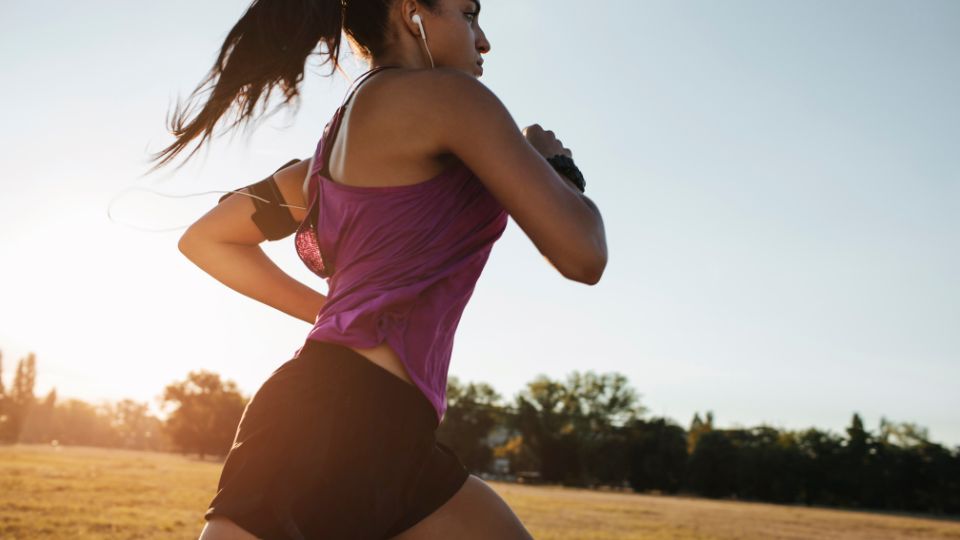Even the most enthusiast, fitness lovers may have to deal with an onslaught of symptoms before or right after her period begins. That’s because up to 90% of women say they have some form of premenstrual syndrome (PMS), according to the Office on Women’s Health of the U.S. Department of Health and Human Services.
Scientists believe PMS begins after ovulation when estrogen and progesterone levels start to plummet. Depending on the woman, a bout of PMS may include symptoms like breast tenderness, difficulty sleeping, irritability, fatigue, cramping, clumsiness, and more. Rather than lacing up your racing shoes, you may feel like you want to soak in a warm bath and crawl back into bed.
But PMS doesn’t have to ruin your exercise routine! If you feel like you lack the strength, energy, or motivation to do your usual vigorous running workout before your period comes, we’ve got you covered. Here are our best tips to training with PMS:
Consider cross-training.
One study found that three, 60-minute sessions of aerobic exercise three times a week could improve the symptoms of PMS. Aerobic exercise is any exercise that gets your heart pumping and your blood flowing, which includes activities like swimming, cycling, hiking, or brisk walking.
If running doesn’t fit the bill when you have PMS, use the days leading up to your period as an opportunity to cross-train. Hop in the pool for a swim or take in the sights and sounds of nature while you hike. As long as you elevate your heart rate, you’re doing aerobic activity and working on the strength and flexibility of muscle groups you may overlook with a running-only, training program.
One reason aerobic exercise improves the symptoms of PMS is that it boosts the body’s feel-good chemical called endorphins. Endorphins can reduce pain, calm your body, and help you feel an overall sense of well-being; a surge of endorphins following exercise may decrease the physical or psychological effects of PMS.
Try yoga.
Yoga is an excellent training option to consider if PMS symptoms leave you feeling blah each month. With yoga, there are a variety of styles to choose from—if you’re feeling drained, you can pick a class that’s restorative in nature. If you have energy to spare, you can choose a more physically demanding one like power yoga or vinyasa.
A letter from Harvard Health Publishing by Harvard Medical School suggests yoga may regulate the body’s stress response systems by decreasing your heart rate, reducing blood pressure, and lessening your respiration rate. Yoga’s ability to facilitate your body’s reaction to stress may ease depression and anxiety.
Additionally, yoga’s power to modulate the stress response may help mitigate pain, which can be very beneficial if cramping accompanies your PMS. Since you can tailor a yoga workout to meet the needs of your body, it might provide you with an effective way to manage your overall health and keep PMS symptoms at bay.
Lighten your exercise load.
If you’re struggling with PMS symptoms, the most important thing to do is to listen to your body and respect the signals its giving you. Somedays, you just might not be up to pushing yourself to the max. Rather than risking injury or increasing your recovery time between runs, lessen your exercise load and look into a less demanding workout. You can still reap the benefits of a consistent training regimen even with a couple of lighter workouts mixed into your monthly routine.
Whatever you do, optimizing your level of fitness is about striking a balance between knowing when to push your body and understanding when it’s time to back off. Although exercise is known to improve the symptoms of PMS, you’ll need to discover what works best for your body. In the end, you may find it’s better to schedule your toughest training days during the times that you’re not experiencing PMS.










